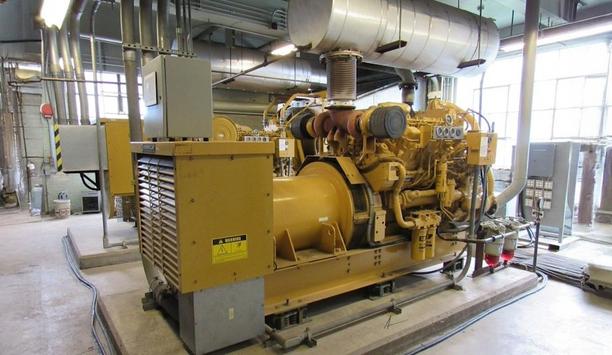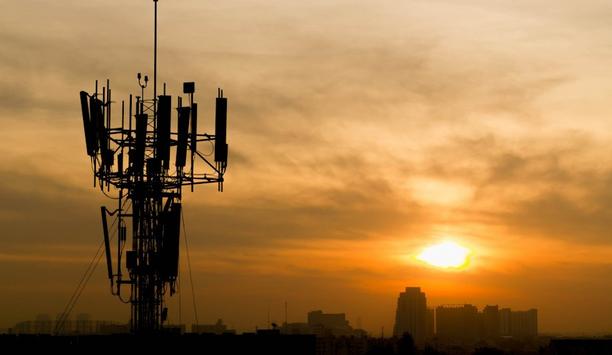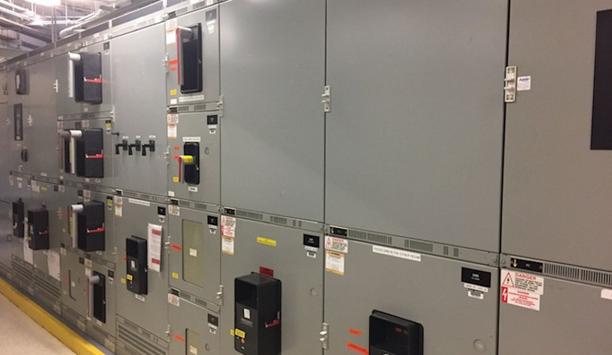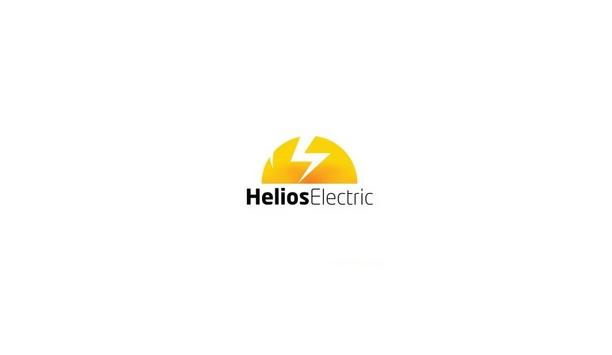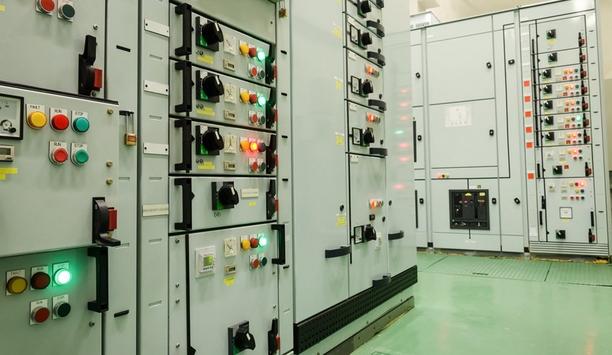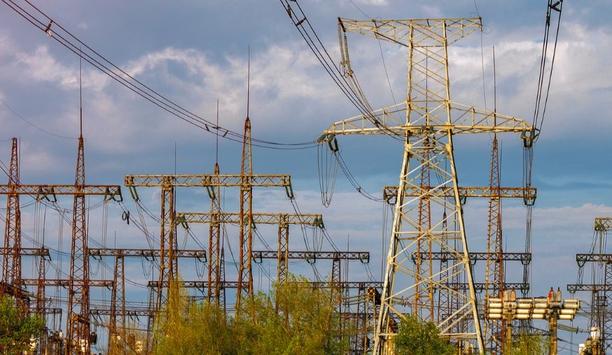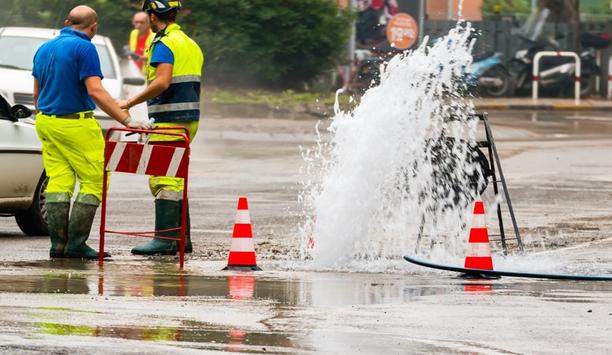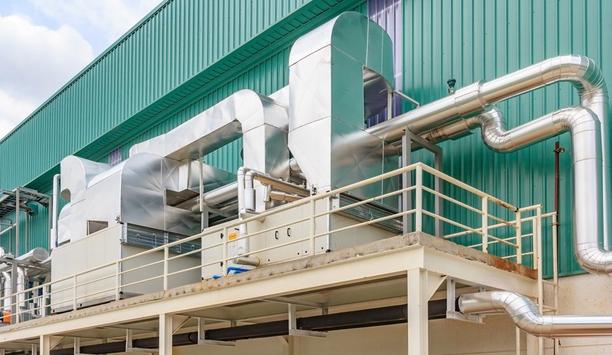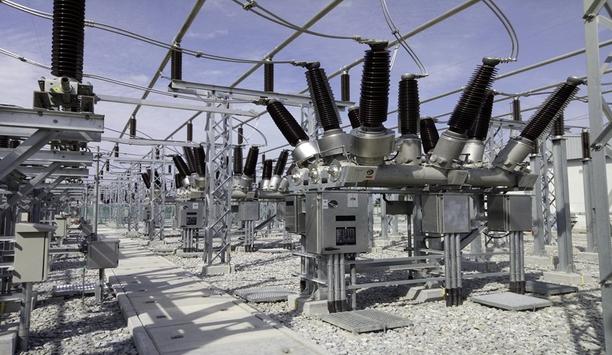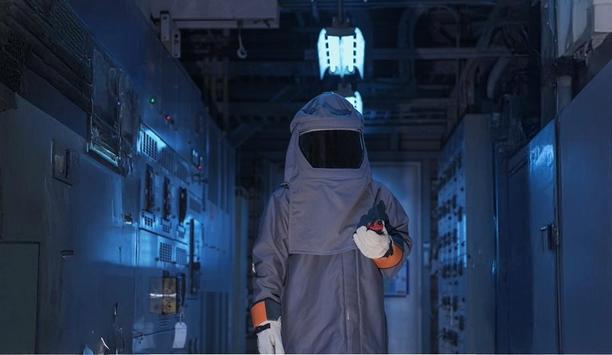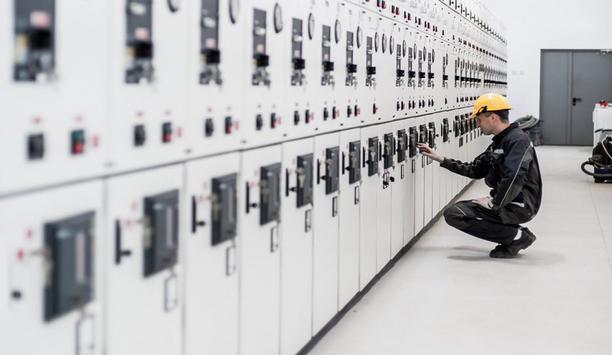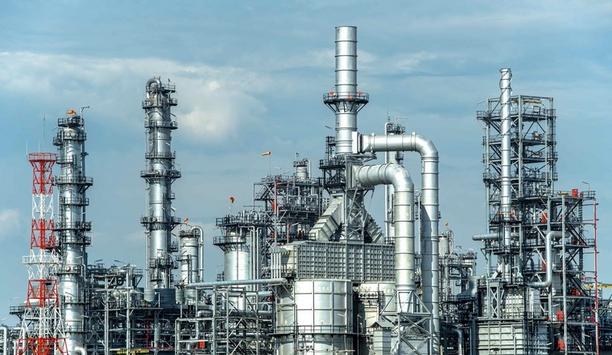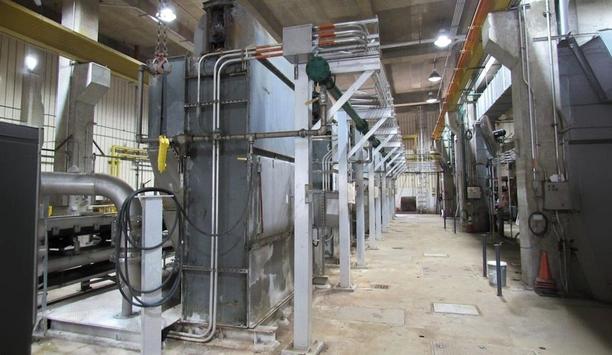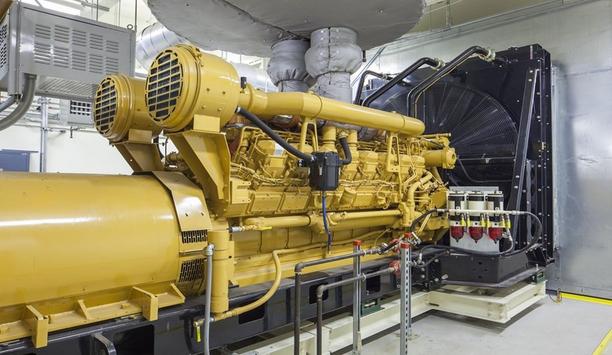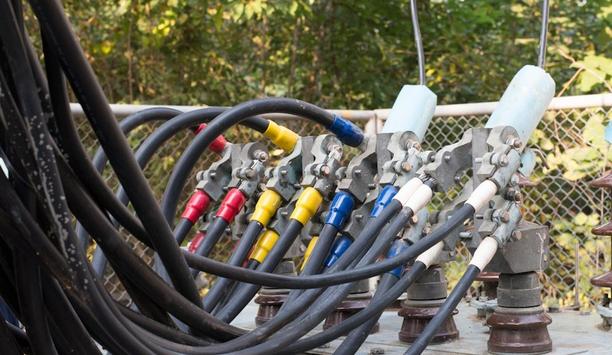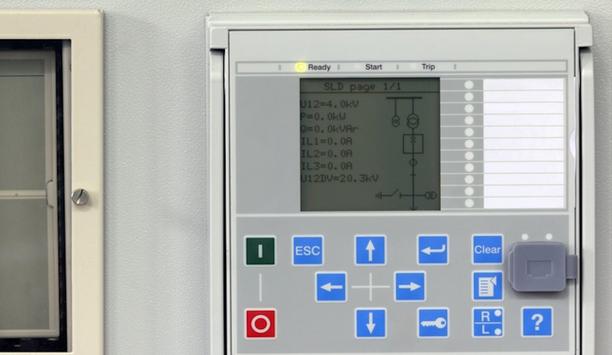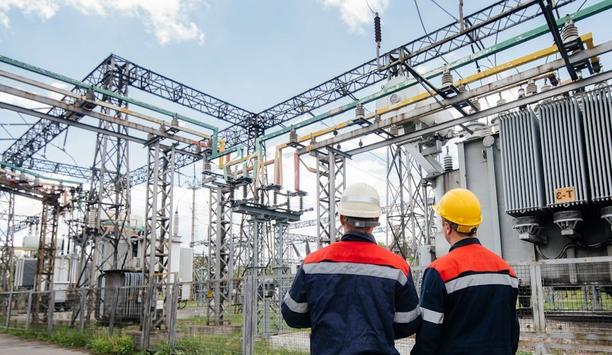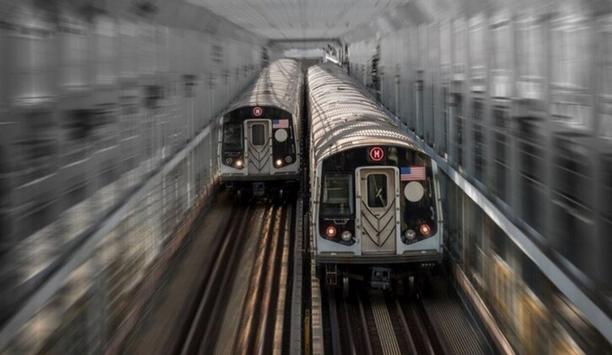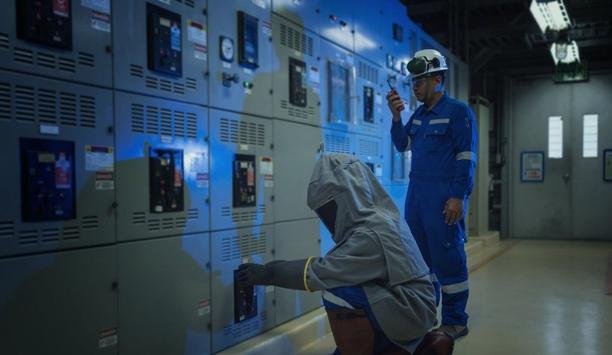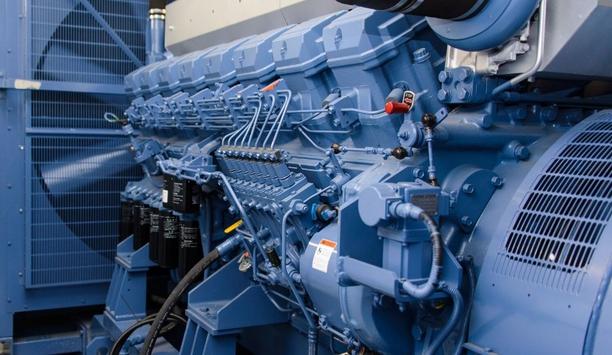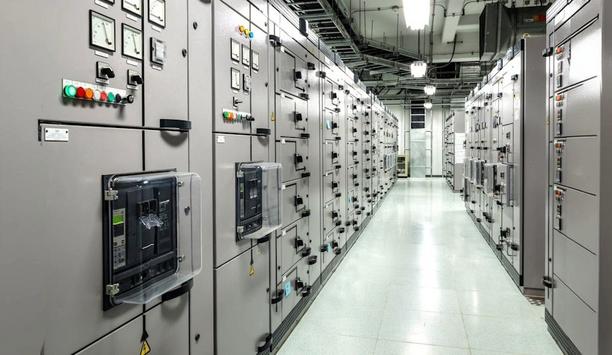Helios Electric News
In an effort to reduce electricity costs and enhance the reliability of their electrical distribution system, Bergen County Utilities Authority (BCUA) established a cogeneration system at their facility in Hackensack, NJ. As part of this project, the engineers and field service team collectively designed, developed, and implemented a turnkey solution to meet the customer’s requirements. Reason for assessing a demand charge The reason for assessing a demand charge is attributed to the ov...
As part of a reliability improvement project to minimize facility downtime to a greater level, Verizon elected to enhance its emergency generation system. As part of this project, the engineers and field service team of Helios Electric collectively implemented a customized turnkey solution to meet the specific customer requirements at one of their cell sites in Washington, DC. Backup generation systems It is imperative to ensure that proper and effective backup generation systems are in...
As part of a modernization project to establish their desired electrical control functionalities, Fannie Mae has been elected to modify existing electrical equipment. In lieu of replacing the existing electrical equipment to achieve the desired intent, the engineers and electricians undertook field retrofit services of the existing switchgear lineup at their facility in Herndon, VA. This approach resulted in cost savings and time savings and reduced customer outages. Specific AC/DC contr...
As part of a long-term modernization project at the Baltimore Washington International (BWI) Airport, Helios Electric was retained to perform design-assist, system integration, and on-site field engineering services. The project involved replacing an existing 7.5/10.5 MVA outdoor substation transformer and performing retrofit services at the corresponding medium-voltage switchgear lineups. The project also included enhancements to the electrical system protection since power reliability w...
For a wastewater treatment plant, nothing is more important than preventing a sanitary sewer overflow. An unintended sewage overflow would bear public health, ecological, and economic consequences. electrical power reliability From an operating standpoint, the influent pumping station of a wastewater treatment plant plays a vital role in ensuring the flow of influent sewage throughout the plant’s disinfection processes. Thus, ensuring the reliability of electrical power to the infl...
As part of a modernization project to ensure the continued reliability of their rapid transit system, Port Authority Trans Hudson (PATH) in New Jersey undertook a capital improvement project to replace an existing traction power substation near Jersey City, NJ. As part of this project, our engineers performed AC & DC short circuits, coordination, and arc flash studies for the proposed electrical facilities. circuit and coordination study For any rail transit authority, the main goal...
As part of an overall facility improvement program, St. Mary’s Hospital undertook a feasibility study of its electrical distribution system. As part of this study, the engineers and electricians analyzed the existing emergency system and developed a conceptual design to improve the reliability of emergency power at the facility in Waterbury, CT. Establishing an effective emergency power distribution system for a hospital is vital. A properly implemented emergency backup power system can m...
Large power generators are often used to supply emergency power when the loss of utility power is not acceptable and can mean the difference between life and death. Using basic generator protection with a circuit breaker is simply inadequate and does not provide the full range of protection. To ensure system reliability, prevent equipment damage, and avoid unnecessary repair costs, users should protect the generator against many of the most common problems, a list of which follows with recommen...
To avoid damage and prevent death, most modern electrical distribution systems are grounded. Grounded systems (also known as “earthed” systems), consist of an earth-referenced grounding conductor (e.g. the third prong on a small-scale electrical outlet), which is used as a return path to enable a breaker trip during an inadvertent short-circuit condition. Ungrounded systems, on the other hand, operate without an earth-referenced grounded conductor, so a breaker will not trip during...
High voltage transmission and distribution substations are where incoming and outgoing power circuits meet to form an electrical grid. When properly designed, any fault on an electrical system can be localized to the fault location without the need for a total system shutdown. Selecting the proper bus scheme within a high-voltage substation will allow circuit reliability to be maintained cost-efficiently. Single Bus Configuration In a single-bus configuration, each electrical circuit is conne...
Municipal water distribution systems contain thousands of miles of underground pipes to distribute potable water to homes and businesses. In order to supply water across long distances, and to reach all points within the distribution system, large pumping facilities are used to maintain water system pressure within these pipes. Water Hammering But what happens when the pressure varies suddenly? Rapid changes in the water flow rate result in high-pressure build-up and high surge forces. This c...
Large industrial and commercial facilities consume sizable amounts of electricity for heating, cooling, and operations. By using a Combined Heat and Power (CHP) system, users can significantly reduce the facility’s electrical consumption. In addition, a CHP system can be made to operate as a backup source of power in the event of an electrical utility outage. What is a CHP system? Traditional electrical generation systems produce electricity inefficiently, with most of the energy wasted...
Designing electrical systems in hazardous locations, such as wastewater treatment facilities, aircraft hangars, fuel dispensing areas, and bulk storage areas, requires careful attention to ensure the safety of personnel and equipment against fire and explosion. Within hazardous locations, a high concentration of flammable gases, vapors, liquids, and dust typically exist. An improperly designed electrical system can become the ignition source for this flammable atmosphere. Expensive and Unrelia...
In any electrical system, an electrical fault must be localized and tripped by the breaker closest to the fault. But what happens in the event of a stuck breaker? A stuck breaker condition occurs when a circuit breaker fails to operate upon receiving a trip signal. breaker failure In a medium or high-voltage system, the failure of a breaker to trip during a fault condition will seriously undermine the overall protection system, harm personnel, and damage equipment. A breaker failure ca...
An arc flash event can expel large amounts of deadly energy in the form of excess heat, vaporized metal, explosive pressure, and intense sound waves. An arc flash occurs when an inadvertent low-impedance connection is established through the air between energized phase conductors or with a ground conductor. Proper electrical system design and construction, using an active solution, can mitigate or virtually eliminate the hazards associated with arc flash. A Passive Solution – Arc Resista...
Some of the customers have felt that tingling sensation at one time or another, when coming in contact with metallic equipment. But for an electrician, it is a sign that all is not right, especially when the sensation becomes more like a vibration or an intense jolt. The problem arises from electrons wanting to find a return path to the ground. A common culprit is a stray wire inadvertently touching the metal casing via a high-resistance path that is not of sufficient magnitude to trip a breake...
City commuters often think about transferring between passenger bus routes to reach their final destination. Helios Electric discusses the merits of transferring electrical power sources between the distribution buses that feed electrical loads. Various configurations to accomplish this task have been available for many decades, yet some of these methods are not well understood. Some may think that automatic transfer upon loss of power (with a manual return) is the only option because that is t...
Three aspects to consider when building or upgrading the wastewater treatment facility include: standards, equipment, and design. By focusing more time on the design, people can save money on construction because a proper design will permit less rigorous equipment. Standards When constructing electrical systems for wastewater treatment facilities, the following need to be considered: National Fire Protection Association (NFPA) 820 – Standard for Fire Protection in Wastewater Treatmen...
There are many benefits to using the latest protective relays available in the market. Fast communication and better system protection are two such examples. This article explores both concepts about source synchronization for generator paralleling schemes. To meet the requirements for large-scale electrical distribution systems, multiple generators often need to be paralleled (operate in tandem). Hence, the synchronization of generator sources becomes a very important aspect when multiple gene...
While AC system protection is well known and applied throughout the power system industry, there is also protection needed for complex DC equipment. This includes DC traction power systems associated with railway electrification. Below are some of the methods of protection that a Power System Engineer may often encounter in DC traction power. Track Time Constant To properly apply system protection for DC traction power systems, a good understanding of the track time constant (L/R ratio) is re...
During construction projects, electrical contractors are often required to re-use existing medium and high voltage cables. Prior to re-use of existing in-service cables, it is important to properly test their insulation integrity to ensure satisfactory long-term performance. Consultation with both a master electrician and a professional engineer will determine the most appropriate test method, maintain cable integrity during testing, and achieve better analysis of the test results. Inadequate...
This article explores the latest methods for fault detection that can be used to improve the reliability and safety of electrical systems. Electrical faults are caused by disturbances within a power system network and these disturbances can result in severe economic losses. What is an electrical fault? An electrical fault is an abnormal condition within a power distribution system that results in improper system voltages and current flows. A fault in an electrical system can lead to extended ou...
NFPA 70E states that an Arc Flash Risk Assessment should be updated every five years or when significant electrical system changes occur. How important is this? Even if all equipment within the electrical distribution system has remained the same, it is still essential to perform an updated risk assessment based on possible changes undertaken outside of the system. This article explores the arc flash impacts to an electrical system based on changes performed by others (i.e., the utility co...
Failure to protect personnel adequately against injury or death from an arc flash event can financially decimate a company. Failure to comply with the requirements and guidelines of the Occupational Safety and Health Administration (OSHA), National Electrical Code (NEC), and National Fire Protection Association (NFPA) 70E can cost you time and money through fines and unexpected downtime. In this article, they will be exploring one piece of data in Arc Flash Study models: cables, specifical...
Railways are relied upon as a means for transporting passengers and goods across short, medium, and long distances. In modern railway systems, electricity is a convenient source to power an efficient mass transportation system. An important part of this electrical system is the traction power substations whose function is to convert the incoming commercial electrical supply to a form usable by the motive power on the train. traction power systems The electrical energy from the traction...
The failure to protect the employees against injury or death from Arc Flash can put them out of business. Failing to keep up with the latest Arc Flash safety standards and guidelines can cost time and money. Electricity is recognized as a serious workplace hazard where OSHA regulations and NFPA 70E standards exist to protect personnel against arc flash and shock hazards. arc flash Arc Flash is the sudden release of energy when a fault or short circuit occurs between the air gap An “Arc...
An enhanced grounding scheme not only helps protect the people and the electrical equipment, as per the NEC, but it also helps maintain sequential tripping, ensure maximum service continuity during faults, and minimize nuisance tripping and disturbances. An enhanced grounding scheme contains system faults within a localized area of the electrical distribution system. Such schemes are often found in specialized power distribution systems where reliability and protection are of the utmost im...
Most industrial and commercial facilities consume sizable amounts of electricity to fulfill their goals. These facilities are often equipped with a standby generator that is called into operation during an interruption of the incoming utility supply. However, when these facilities are equipped with a cogeneration system, specialized design and system protection aspects must be considered. What is a Cogeneration System? Cogeneration system is configured to work in parallel with the utility sys...
Electricity can provide power for trains to create an effective city-wide mass transportation system. An important part of this system is the traction power substations whose function is to convert the incoming commercial electrical supply to a form usable by trains via overhead catenary or an energized third rail. DC Traction Power Substations Urban metro systems in North America operate between 500 V and 750 V DC using the third-rail configuration Most urban metro systems in North America o...
The automobile is the perfect example of a system that will last longer with routine maintenance. Like the automobile, the electrical distribution system may let them down, just when they need it the most unless they take care of it. With a car, they know the need to take it in for periodic oil changes and tune-ups at designated intervals. Based on NETA testing and NFPA 70B guidelines, knowing when to perform periodic maintenance of the electrical system is now a no-brainer. But how often...
